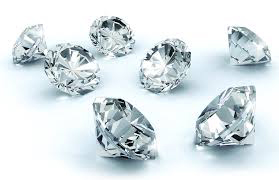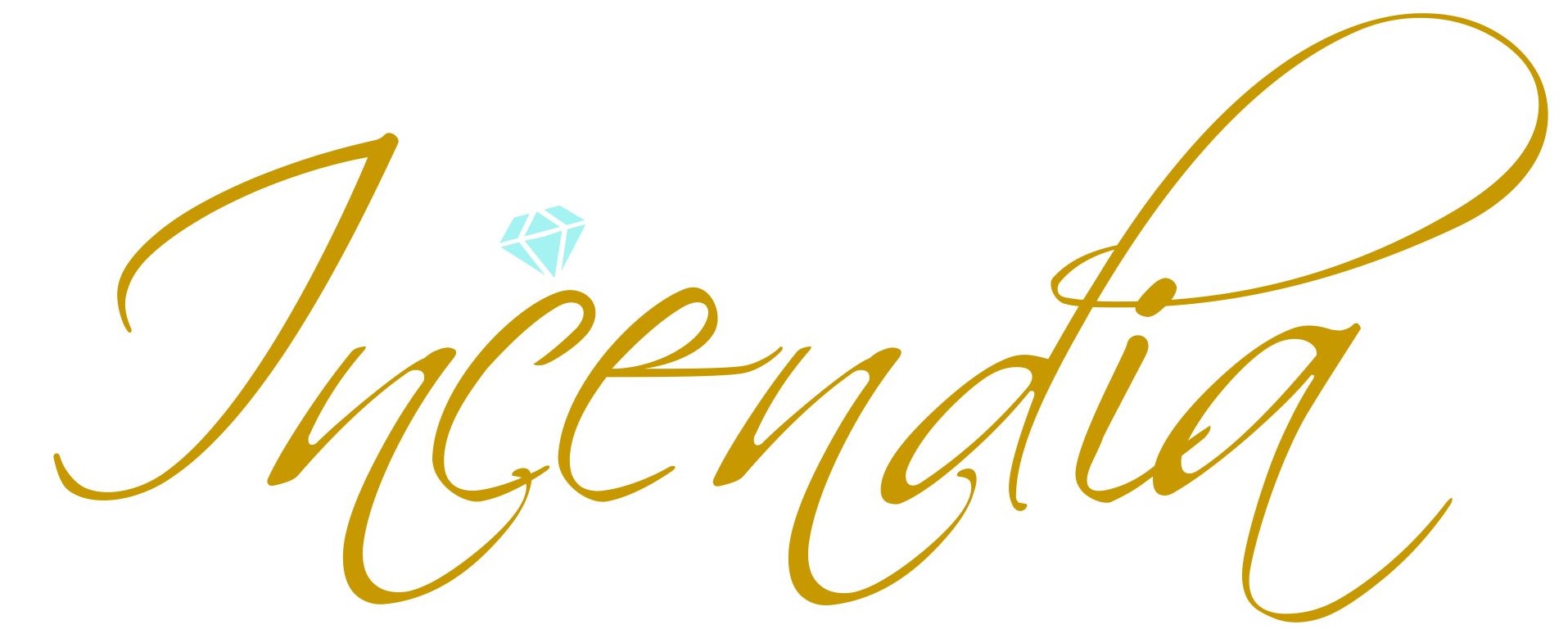Shape
At Incendia Diamonds, we apply the same high quality standards to all of our diamond shapes. We have an exceptional collection of traditional round diamonds and we also offer the finest non-round, or “fancy-shaped,” diamonds available. All of our certified diamonds are graded by GIA, AGS, or EGL to have FL-SI2 clarity, D-J color, and Ideal, Very Good, Good, or Fair cut. Our diamonds are the finest quality diamonds available, and we offer them in round, princess, emerald, asscher, marquise, oval, radiant, pear, heart, and cushion shapes. Other options are also available upon request.
CHOOSE A DIAMOND SHAPE
Since all diamond shapes are very different, unique characteristics determine quality for each shape. Select your shape below to learn how to recognize the most beautiful diamond. If you have additional questions, feel free to speak with Robert Freidson and his team at 858-909-8224. We delight in assisting you with life’s special moments!

ROUND
This round brilliant cut diamond is by far the most popular and most researched diamond shape available today. For almost 100 years, diamond cutters have been using advanced theories of light behavior and precise mathematical calculations to optimize the Fire and brilliance in a round diamond. In addition to being the most popular and researched shape, a round diamond will typically give you more flexibility in terms of balancing cut, color, and clarity grades while still getting the Fire and brilliance you want.
To maximize the brilliance of a traditional round diamond, select one in the two highest cut grades, ideal or very good, and choose ideal, excellent, or very good polish and symmetry grades.

PRINCESS
This is our most popular non-round diamond. Its beautiful brilliance and unique cut makes it a favorite for engagement rings. The princess has pointed corners and is traditionally square in shape. When choosing a color grade, consider that while the price of a J-color non-round diamond is exceptional, color may be slightly visible in its corners. Also, princess-cut diamonds can vary greatly in how square or rectangular they are. Determine the dimensions of princess you want by looking for the length-to-width ratio of the diamond when viewing it from above. Here are length-to-width ratios for princess-cut diamond shapes that are pleasing to the eye.

For a princess diamond shape that is square. look for length-to-width ratios between 1 and 1.05. If you prefer more of a rectangular shape, look for length-to-width ratios greater than 1.10.
EMERALD

What makes this shape different is its pavillion, which is cut with rectangular facets to create a unique optical appearance. Due to its larger, open table, this shape highlights the clarity of a diamond. If you choose an emerald-cut with a lower clarity grade, such as SI, be sure to review the clarity plot on the diamond certificate. Also, emerald-cut diamonds can vary greatly in how rectangular they are. If you’d prefer an emerald cut with a squared outline, look for an Asscher-cut diamond. To find the shape of the emerald cut you want, determine the length-to-width ratio. This will establish the diamond’s outline, or what it will look like when viewed from the top.
For the classic emerald-cut shape, look for a length-to-width ratio between 1.30 and 1.40.
ASSCHER
This beautifully unique shape is nearly identical to the emerald-cut, except that it is square. Also, this shape has a pavillion that is cut with rectangular facets in the same style as the emerald-cut. If you choose SI-clarity, be sure to view the clarity plot on the diamond certificate, because this shape highlights the clarity of the diamond. When choosing a color grade, consider that while the price of a J-color non-round diamond is exceptional, color may be slighlty visible in its corners.

MARQUISE

The shape of a marquise diamond can maximize carat weight, giving you a much larger-looking diamond. This brilliant-cut diamond looks beautiful set with round or pear-shaped side stones, and the length of the marquise makes fingers appear long and slender. To find the dimensions of the marquise you want, determine the length-to-width ratio. This will establish the diamond’s outline, or what it will look like when viewed from the top.
For the most traditional marquise-cut diamonds, look for length-to-width ratios between 1.75 and 2.25.
OVAL

An oval diamond has beautiful brilliance that’s similar to a round diamond. Oval diamonds are also very popular as their length can accentuate long, slender fingers. To find the shape of the oval you want, determine the length-to-width ratio. This will establish the diamond’s outline, or what it will look like when viewed from the top.
For the most traditional oval diamonds, look for length-to-width ratios between 1.33 and 1.66.
RADIANT

Trimmed corners are the signature of this diamond, and they help make the radiant-cut a popular and versatile choice for jewelry. A radiant-cut looks equally beautiful set with either baguette or round side-diamonds. Radiant-cut diamonds can vary in their degree or rectangularity. To find the dimension of the radiant you want, determine the length-to-width ratio. This will establish the diamond’s outline, or what it will look like when viewed from the top.
For a radiant diamond shape that is square, look for length-to-width ratios between 1 and 1.05. If you prefer more of a rectangular shape, look for length-to-width ratios greater than 1.10.
PEAR

This brilliant-cut diamond is also called a teardrop for its single point and rounded end. The unique look of the pear shape helps make it a popular choice for a variety of diamond jewelry. If you choose an elongated pear shape, the length of the diamond creates a subtle slimming effect on the fingers.
For the most traditional pear-shaped diamond, look for a length-to-width ratio between 1.45 and 1.75.
HEART

The heart is the ultimate symbol of love. The unique look of the heart-shaped diamond helps make it a distinctive choice for a variety of diamond jewelry. When choosing a color grade, consider that while the price of a J-color heart shaped diamond is exceptional, color may be slighlty visible in its corners. To find the shape of the heart you want, determine the length-to-width ratio. This will establish the diamond’s outline, or what it will look like when viewed from the top.
For a more traditional heart-shaped diamond, look for length-to-width ratios between .90 and 1.10.
CUSHION

This unique shape has been popular for more than a century. Cushion-cut diamonds (also known as “pillow-cut” or “pillow-top” diamonds) have rounded corners and larger facets to increase their brilliance. These larger facets highlight the diamond’s clarity, so if you choose an SI clarity grade, be sure to review the clarity plot on the diamond certificate. Cushion-cut diamonds are available in shapes ranging from square to rectangular. To find the dimension of the cushion you want, determine the length-to-width ratio. This will establish the diamond’s outline, or what it will look like when viewed from the top.
For a cushion-cut diamond that is square, look for length-to-width ratios between 1 and 1.05. If you prefer more of a rectangular shape, look for length-to-width ratios greater than 1.15.

